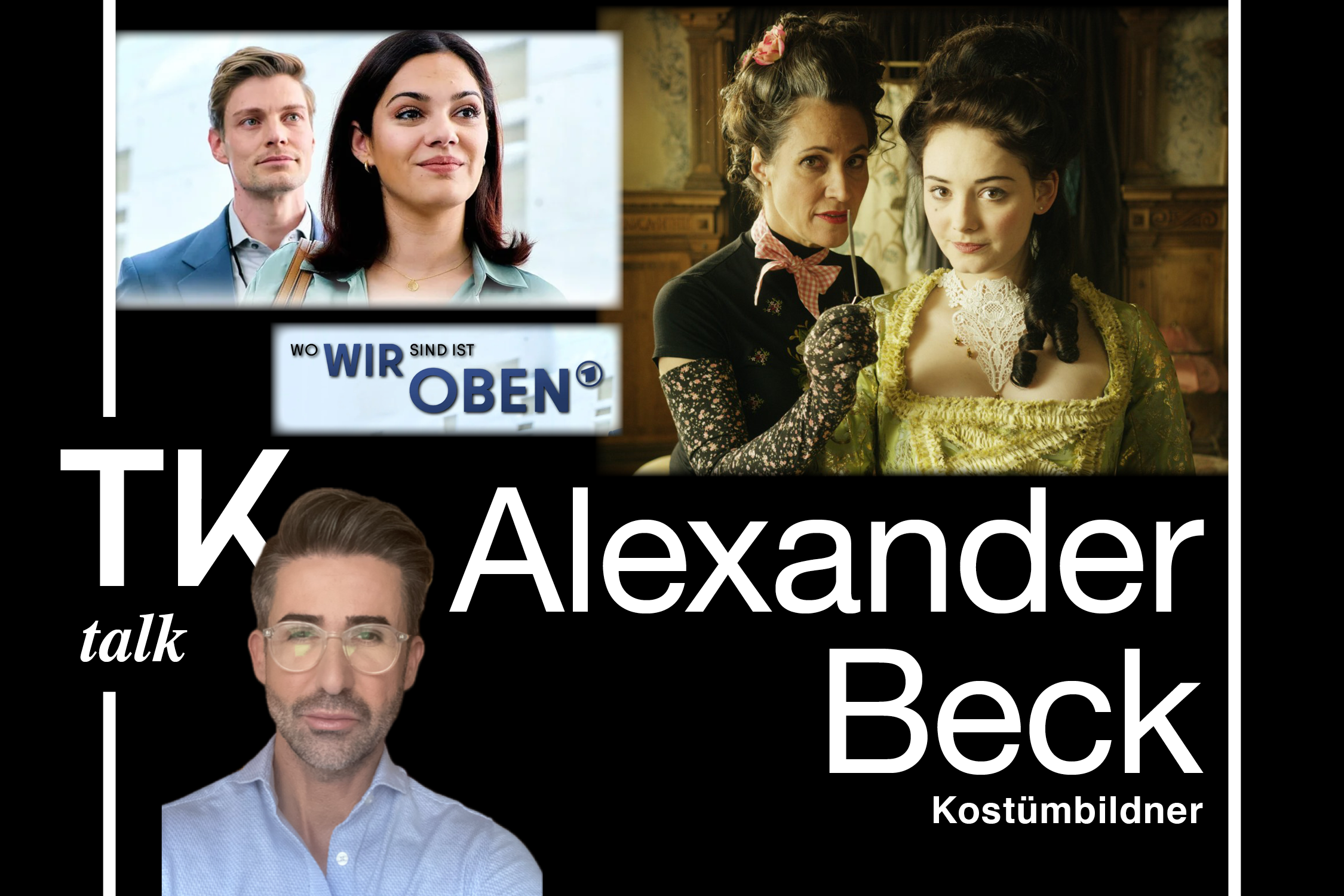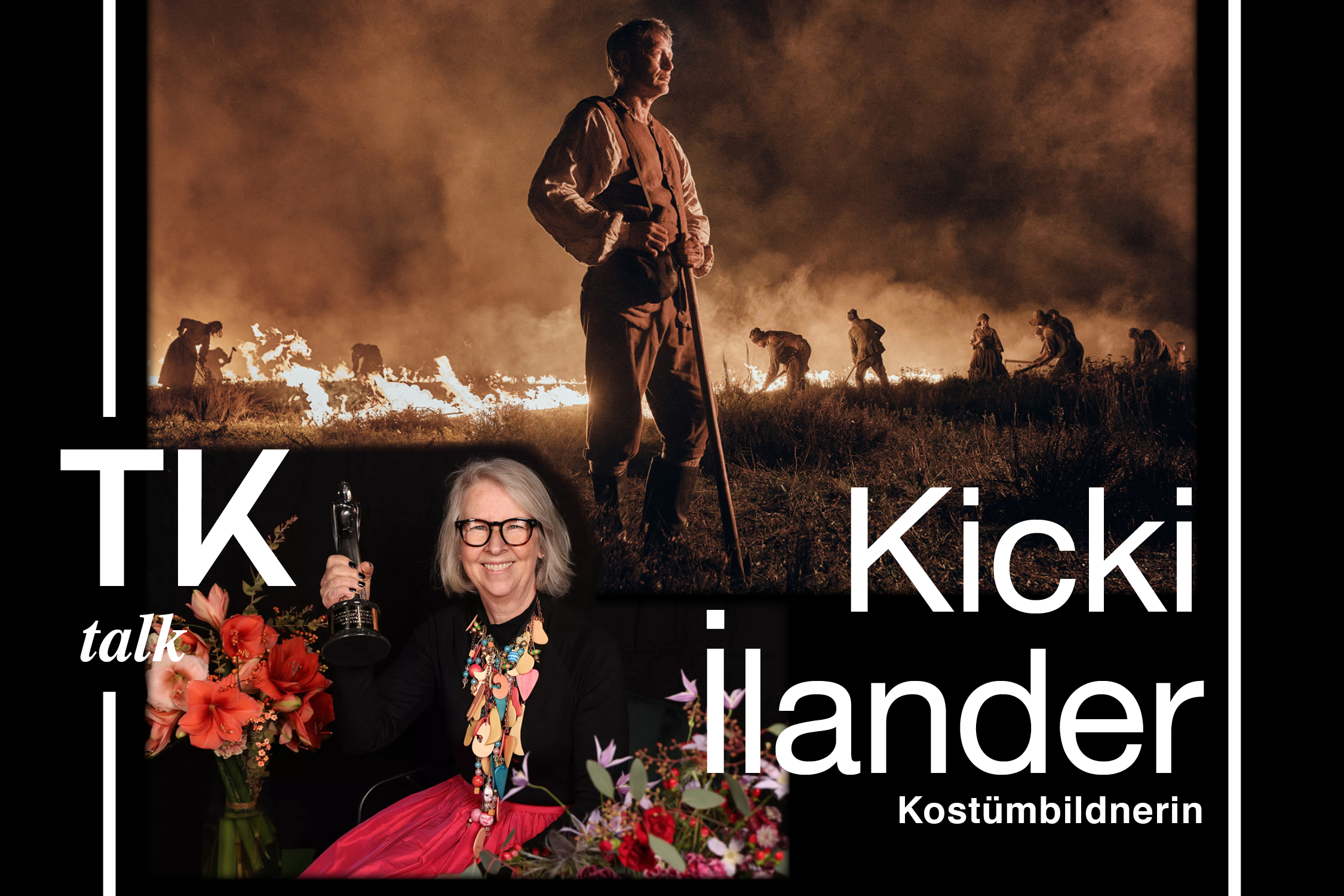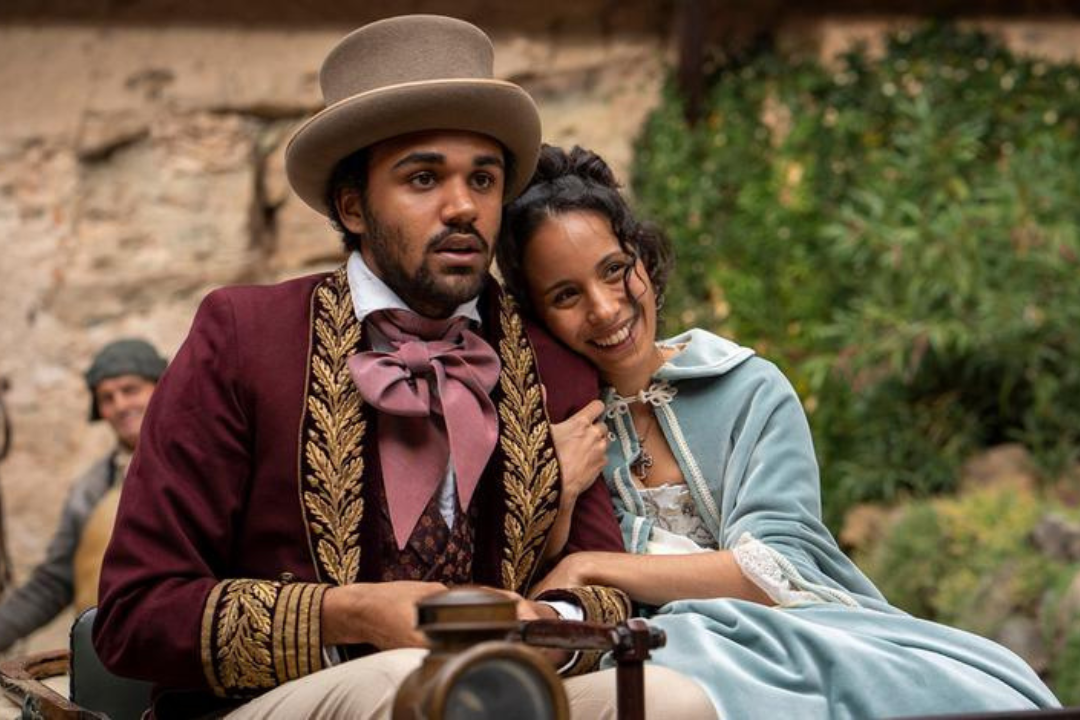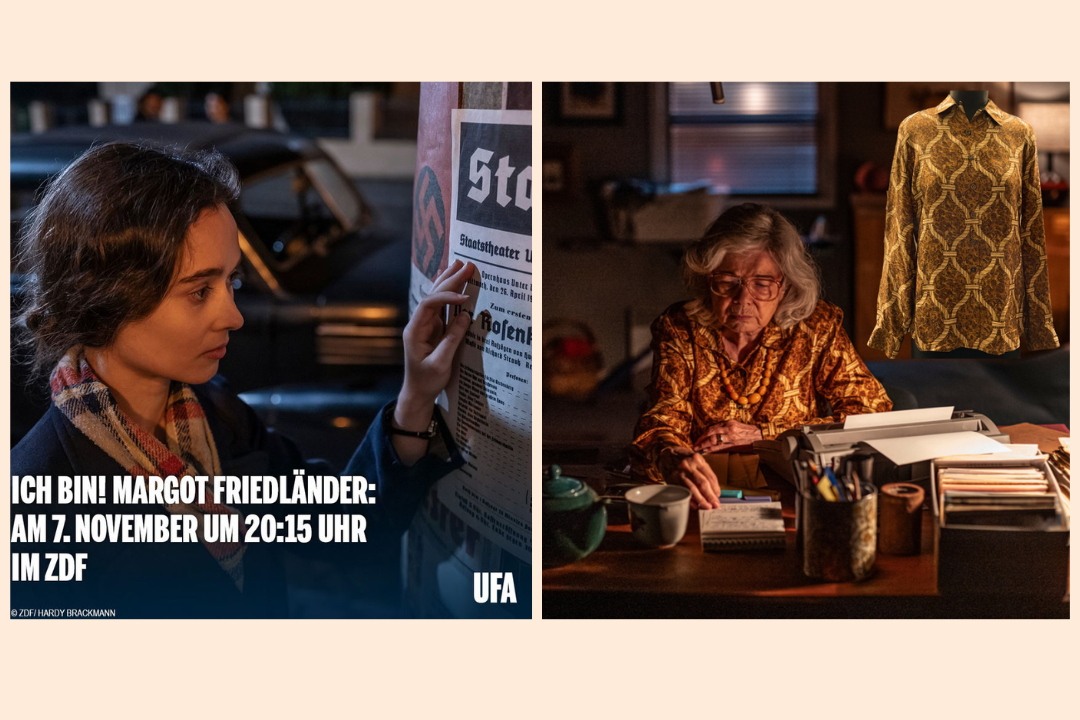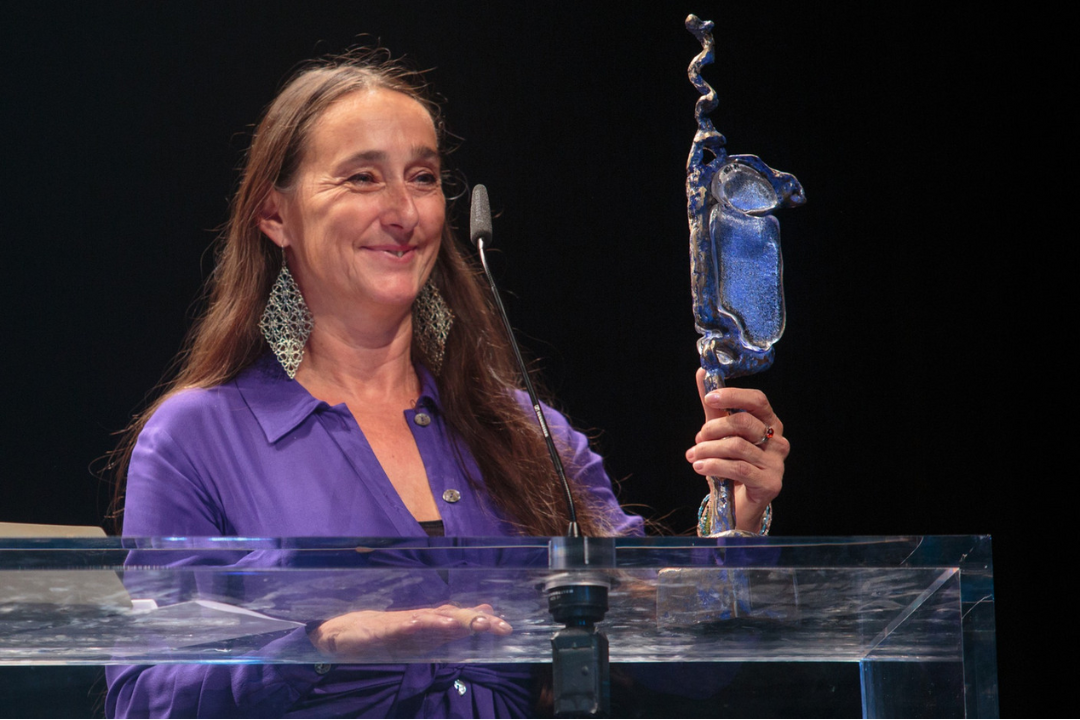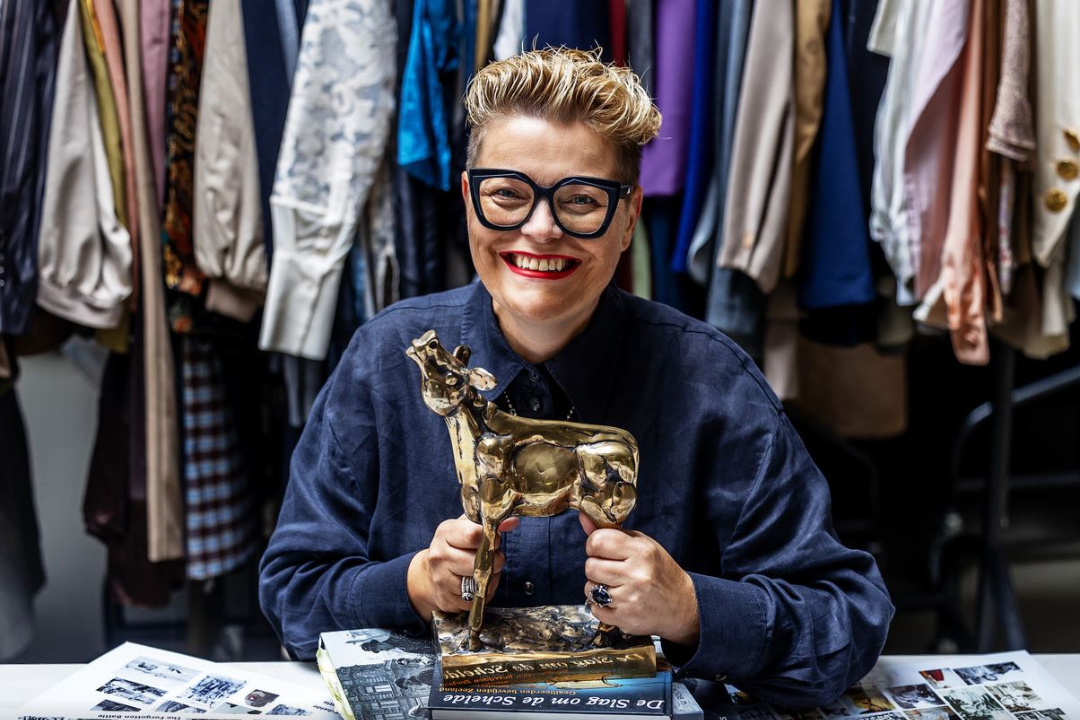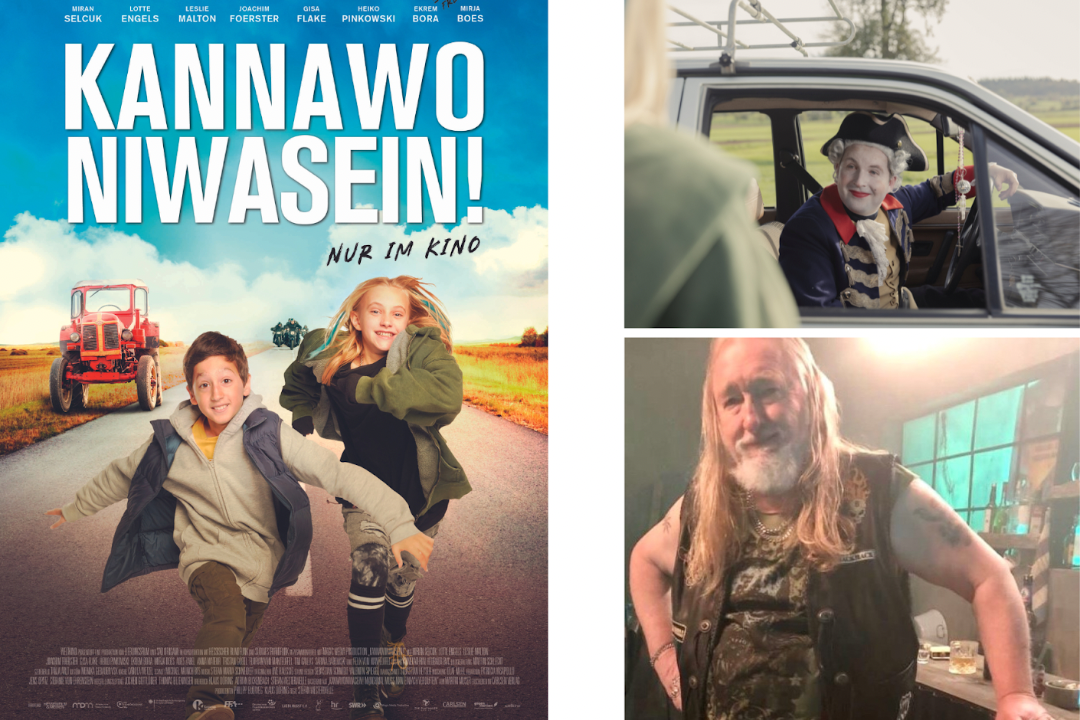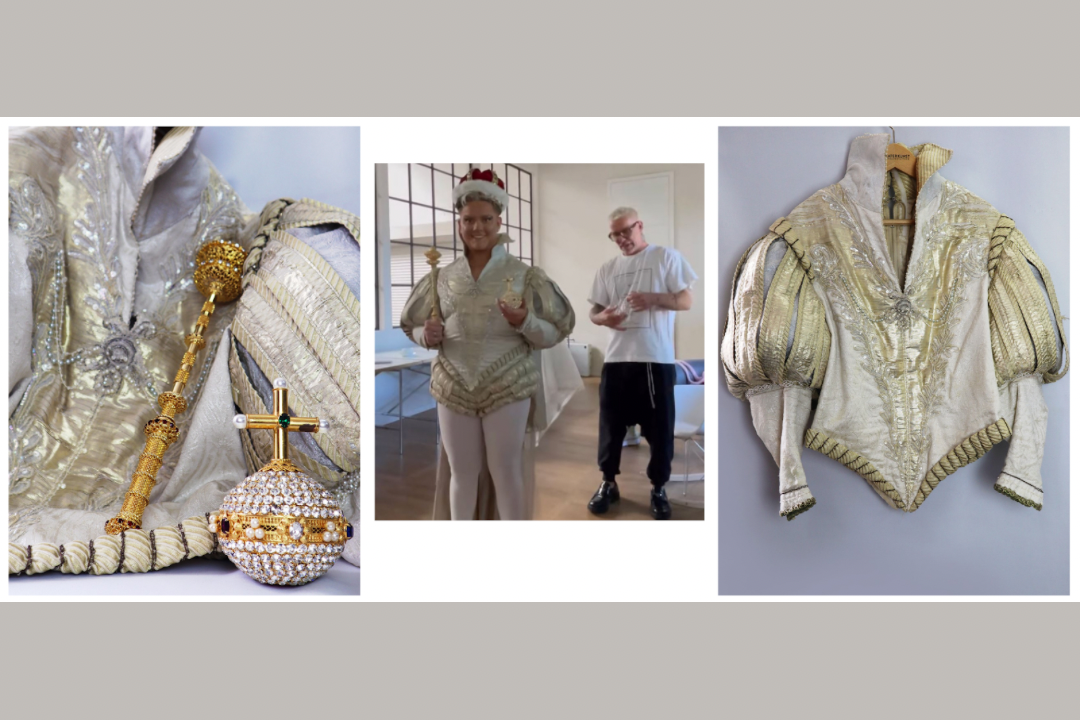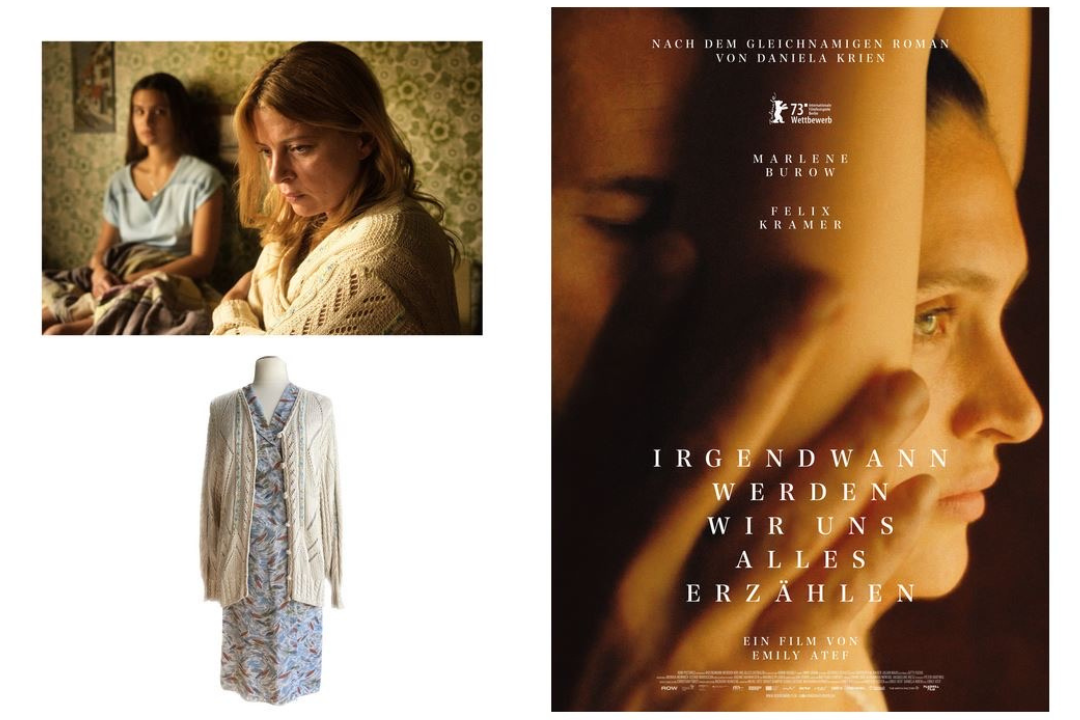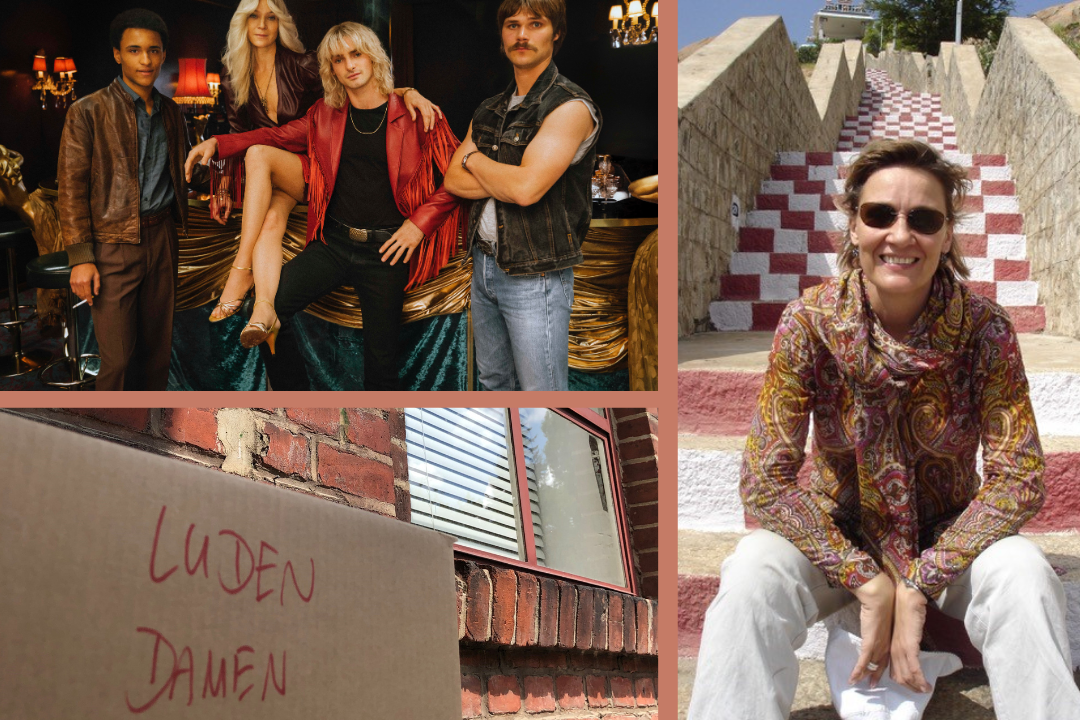Theaterkunst Talk – Esther Walz
Esther Walz
The film “Der vermessene Mensch” is currently celebrating its premiere at the BERLINALE in the section Berlinale Special. The film opens in cinemas on March 23rd. Esther Walz is in charge of the costume design for the film, which is set in the early 20th century. She’s been successful in the business for many years, creating costume designs for such productions as “Barbarians”, “The Wannsee Conference”, “Furia”, Charité”, “The Silent Revolution”, “The People Vs. Fritz Bauer”, “Pope Joan” and many others. For “The People Vs. Fritz Bauer”, she won the German Film Award for “Best Costume” in 2016.
She commutes between Munich and Paris, with regular detours to Berlin and visits to Theaterkunst. In fact, it’s possible that she knows her way around our collection better than she does her own closet. It’s time we asked her a few questions.
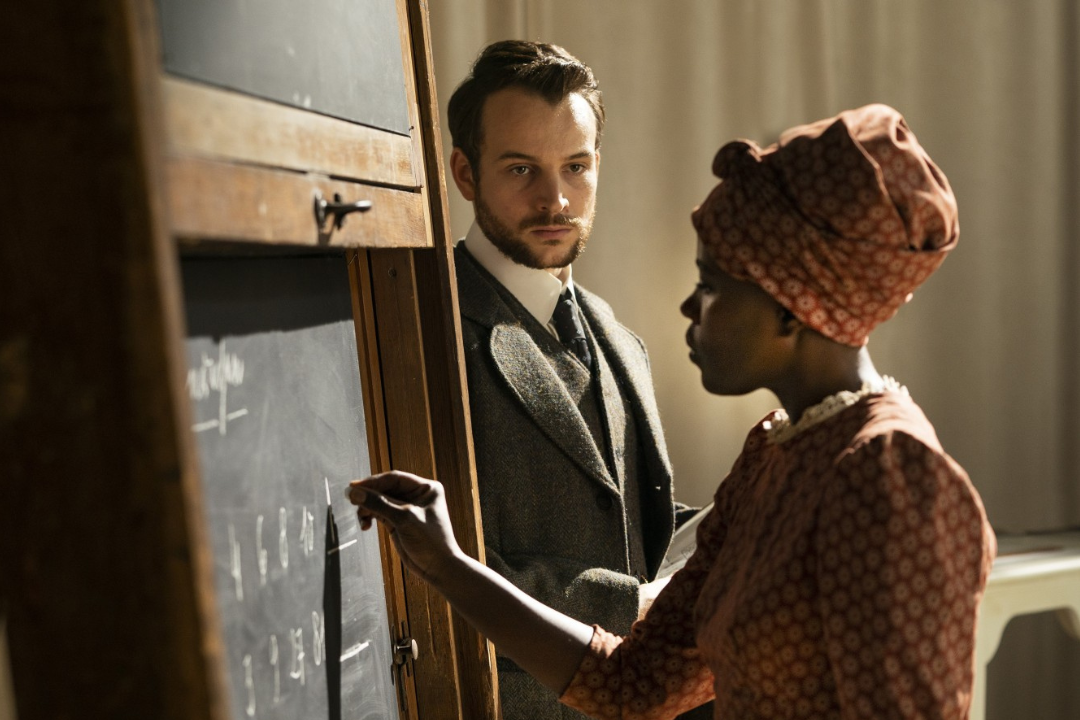
Copyright: Julia Terjung / Studiocanal GmbH
Theaterkunst
Esther Walz
”Der vermessene Mensch” tells the story of a young ethnologist from Berlin (Leonard Scheicher), who at the beginning of the 20th century is witness to the genocide committed against the Herero and Nama peoples in the German colony of German South West Africa. What were your first thoughts when director Lars Kraume approached you with this exciting project?
I was really happy he came to me. Lars Kraume has good feel for topics that have fallen out of the collective memory and that are now ready to be explored in new ways. And I think he showed that again with his choice of the topic of German colonialism and the genocide against the Herero and the Nama.
What was your approach to the time period of 1904 to 1908? What were the challenges you faced?
I read a lot of literature and received good advice, from my military specialist on the one hand, and from the historians at the museum in Windkhoek on the other. For our preparations, I flew to Namibia together with Lars and the set designer. I was really moved by the direct dialogue we had on location. One thing that was particularly important for me was the meeting with Cynthia Mica, a woman whose heritage ties together the history of that colonial period. With her help, I was able to develop my approach this sensitive topic. She accompanied the entire project, took over the production of the traditional Herero costumes and helped everyone understand that how dear this topic is to today’s Herero and Nama.
You received the “German Film Award” in 2016 for your work on “The People Vs. Fritz Bauer”. You were nominated for “The Silent Revolution” and “Pope Joan”. What is it that makes your costume design so outstanding?
I was very lucky. A film is always made in close collaboration between the various departments and the cast. If the rest of it isn’t working right, good costume design will just be fighting a losing battle. I’m especially interested in the authenticity of the costumes, which is based on extensive visual research and on choosing the right fabrics. But again, successful costumes are always created in symbiosis with the directors, the actors and the set design, and the better all of those elements work together, the better is the final product.
How do you decide whether to rent, buy or have a costume made? Is it mainly driven by budget considerations, or does the question of sustainability play a role?
Sustainability is a very important issue to consider. But of course you have to keep an eye on the budget as well. Ultimately, however, the focus always has to be on the artistic aspect. The aim is to do the greatest justice to the role and to the story that is being told.
What is it you appreciate most about Theaterkunst? And be honest now: Could it be that you know your way around our collection better than your own closet?
Well… It just so happens that some items from my closet have found their way to Theaterkunst. So have many of the costumes I’ve had made for various films over the past decades. So yes, I know my way around Theaterkunst, and I know what kind of treasures can be found there.
But what’s also impressive, both in terms of quantity and quality, is the range of original pieces you can find at Theaterkunst, as well as the extremely helpful team that makes me feel right at home. And let’s not forget the well-curated library, a place that really has been crucial for my research.
Is there any advice you’d give to young talent starting out in the business? What would you have liked to hear at the very beginning of your career?
I started out as an autodidact who taught herself everything. After gaining experience for several years, I decided to study in New York, because I think a solid education is important. My career became what it is in an interplay of these different factors, but the other way around might’ve been easier. And by the way, you can learn a lot from the camera operators, and from watching good films.
Thanks for talking to us. And see you soon at Theaterkunst.
See you!


